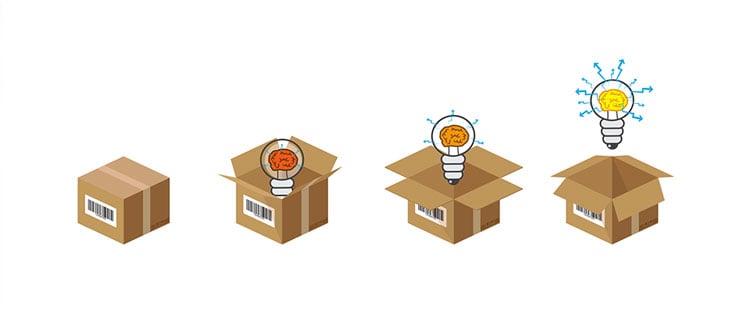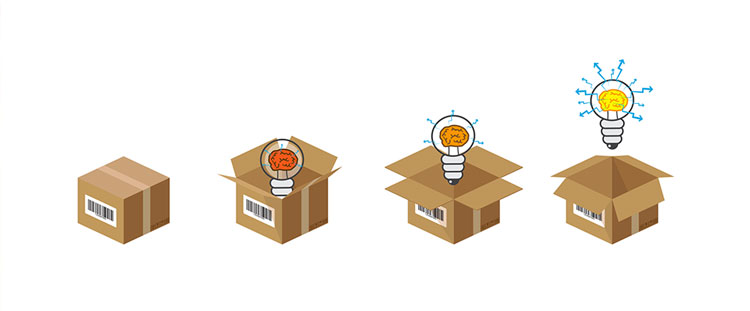
Logistics managers are constantly monitoring not only their company deliveries and related tasks, but also the trends that rapidly appear in the logistics landscape. On the road is where you can first see what's going on in the global and local markets.
In a previous blog, we’ve seen the main trends that are currently defining 3rd party logistics. New competitors, markets, and methods are reshaping this business. In the same way, current trends are defining the path of global logistics and supply chain management. So, we would like to take a closer look at the main trends that Logistics Managers have to face.
1. Collaboration
Among the sources that we've revised, we found that cost saving is still the number one priority for Logistics Executives. This is forcing companies to look for new ways of collaboration to face common challenges. According to this, UPS Compass says that “businesses are likely to use collaborative distribution, reverse logistics and cooperative sourcing to reduce costs, improve efficiency and optimize their supply chains.”
2. Omni-channel logistics
This isn’t a brand new trend, but it surely is an expanding new method of doing business. It's basically a response to current buyer’s habits, which means that there isn’t just a single buying channel anymore, but a comprehensive buying experience where people can see, try and purchase products and services through different channels, in different moments, challenging Logistic Managers to create new solutions for smart deliveries.
But to take advantage of this new reality, companies must take several steps in this direction; something that could be very challenging for some. “Retailers are not investing in necessary technology to align their omni-channel vision. Secondly, retailers are struggling to align what’s best for their business with customer expectations. This is due mainly to a lack of integration of business processes and technologies. Legacy technology is a main component of this problem. And third, as e-commerce continues to grow, retailers are struggling to find their optimal last mile solution”, Logistic Point of View says.
3. Service chains, instead of product chains
Day by day, global markets and companies are turning into service and experience providers, leaving behind the old concept of product manufacturers. That's a very good thing, if we think that providing experiences is a more effective way to create long-term loyalty relationship with clients. But it also creates a new challenge for Logistics Managers: to create and successfully maintain a service chain directly with your company's customers.
According to Supply Chain 24/7 prediction, this is one of the most important trends -and also a challenge- for supply chain executives. Delighting consumers doesn't end when the product is delivered anymore. That’s just another step of the never-ending logistics chain that today is a crucial part of the buyer experience.
4. Big data, better decisions
In the next five years, nearly 50 billion people will be Internet-connected, says the World Economic Forum. This prediction involves new opportunities to gather and analyze data to improve logistics performance.
Rayford Collins, a specialist in supply chain optimization, quoted by UPS, explains that "analyzing data close to real time can allow marketing to work with procurement on inventory, so everyone knows what to buy and where to put it based on demand (...) We are already using predictive analytics to look for weather patterns and adjust to air or rail movement if roads are likely to flood. Another option is to overlay historical data with visibility data to put contingency plans in place."
5. Warehouse automation
This isn’t science fiction. In the United States and Europe, companies are starting to test and use drones and robot-driven vehicles to support supply chain. Maybe, this is too far fetched from your home reality, but there arealso new softwares, applications and solutions to control and improve warehouse management.
Logistic Viewpoints explains that “practitioners have invested heavily in goods-to-person automation to effectively and efficiently meet the requirement of e-commerce fulfillment. Shuttle systems are continually maturing, becoming more agile, and increasingly being adopted. Additionally, mobile autonomous robotics have been used to a limited degree to support these processes. Until recently, Kiva Systems was the primary provider of autonomous mobile robotics for goods to person automation in the e-commerce fulfillment space. The market was disrupted when Amazon acquired Kiva for its internal operations and subsequently halted deliveries to external customers. Since then, a number of start-ups and larger automation companies have been developing mobile autonomous systems to meet these fulfillment process requirements.”
Are these trends suitable for any kind of logistics operations? We would like to know your opinion about this.

.jpg)
.jpg)
